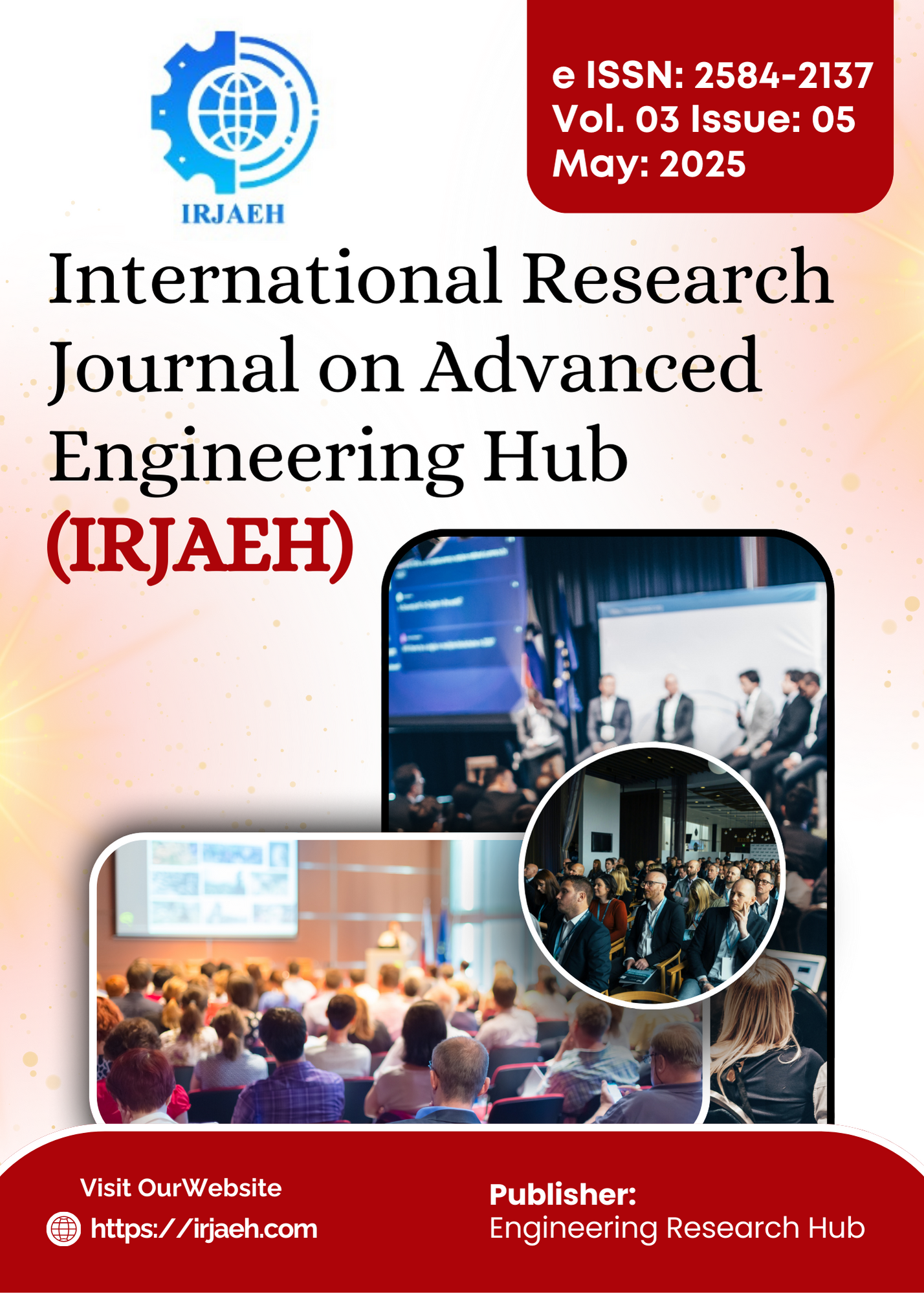Artificial Intelligence-Based Vision Assistance System for Blind Students Using Smart Glasses
DOI:
https://doi.org/10.47392/IRJAEH.2025.0359Keywords:
Assistive technology, smart glasses, image processing, Optical Character Recognition (OCR), Automatic Speech Recognition (ASR), Text-to-Speech (TTS), deep learning, accessibility, inclusive education, humanized AIAbstract
Blind students are at a revolutionary disadvantage in self-reading access to exam content presented in the form of print, necessitating mandatory human scribes. This is challenged on their privacy, autonomy, and neutrality because students have to listen to questions, be read out to them and respond to the questions and write them down. To rectify these issues, the current study suggests an AI-based smart glasses system tailor-made to aid visually impaired students in exam situations. The system incorporates leading-edge image processing, Optical Character Recognition (OCR), Text-to-Speech (TTS), and Automatic Speech Recognition (ASR) support in real time. The intelligent glasses are provided with a high-definition camera in order to capture printed as well as handwritten content, which is performed by OCR software based on deep learning. The extracted content is further made into speaking words with the support of TTS so that students can listen to their test items. Voice recognition software is also integrated into the system so that the students can speak out their responses, which are digitally transcribed and stored. But another important contribution of this research has been the creation of an optimized image pre-processing pipeline for obtaining maximum accuracy in text recognition under various conditions like low light, handwritten texts, and mathematical equations. By employing the convolutional neural networks (CNNs) and the recurrent neural networks (RNNs) in conjunction with the OCR and the ASR tasks, the system is very accurate regardless of font and language. The solution has been stringently tested on live data sets with more than 90% speech-to-text transcription and text recognition accuracy. This research shows the promise of AI-powered assistive technology in increasing learning accessibility, providing visually impaired learners more autonomy, inclusion, and access equity in learning environments
Downloads
Downloads
Published
Issue
Section
License
Copyright (c) 2025 International Research Journal on Advanced Engineering Hub (IRJAEH)

This work is licensed under a Creative Commons Attribution-NonCommercial 4.0 International License.

 .
. 